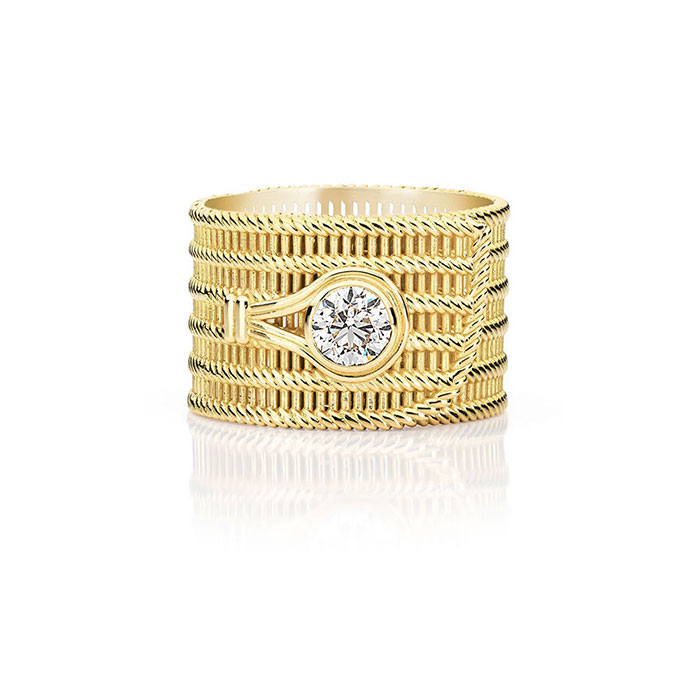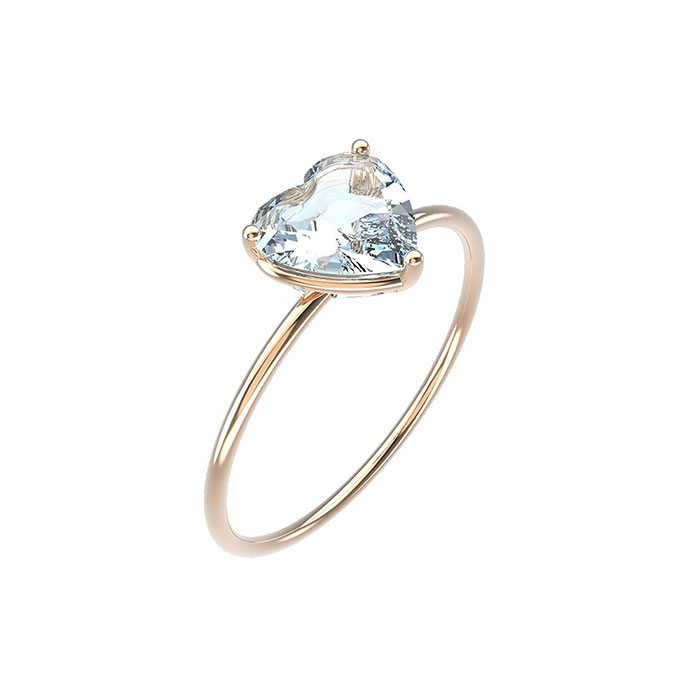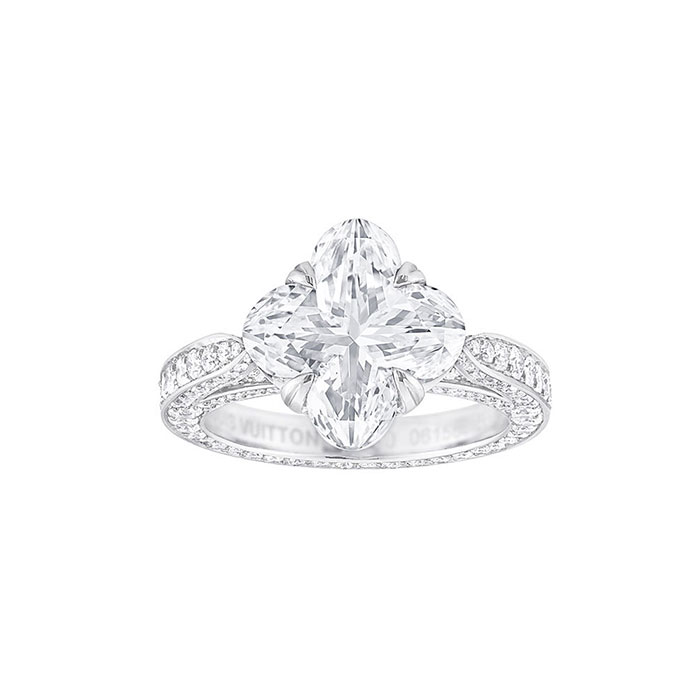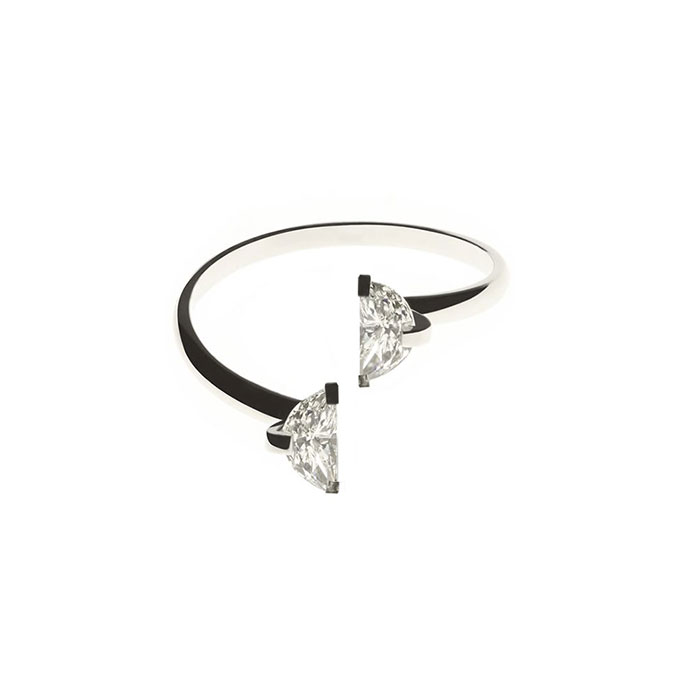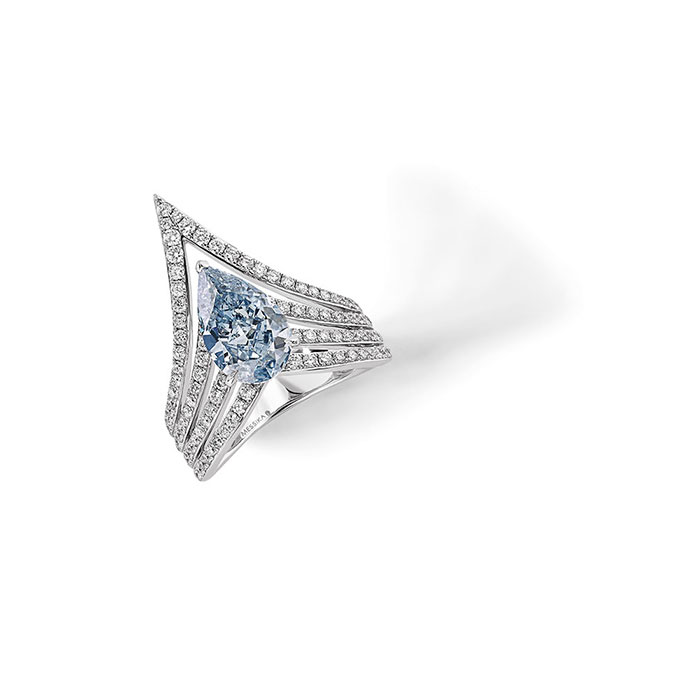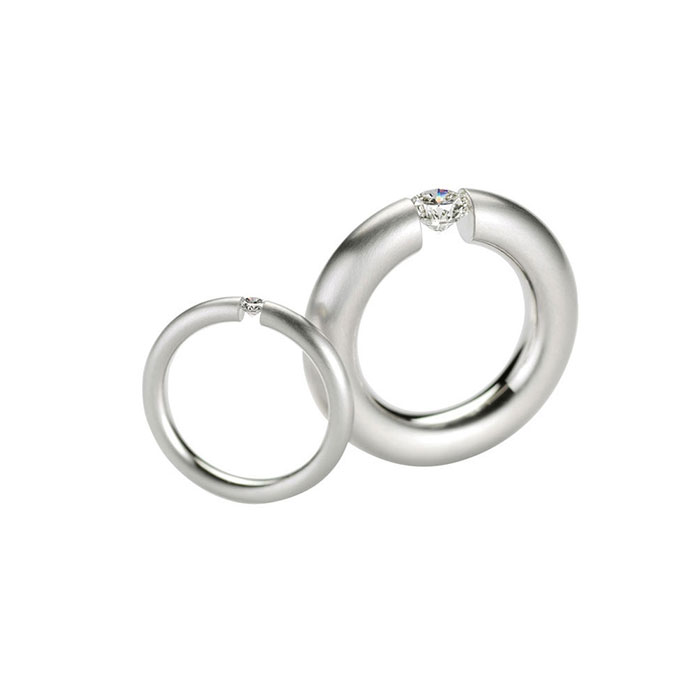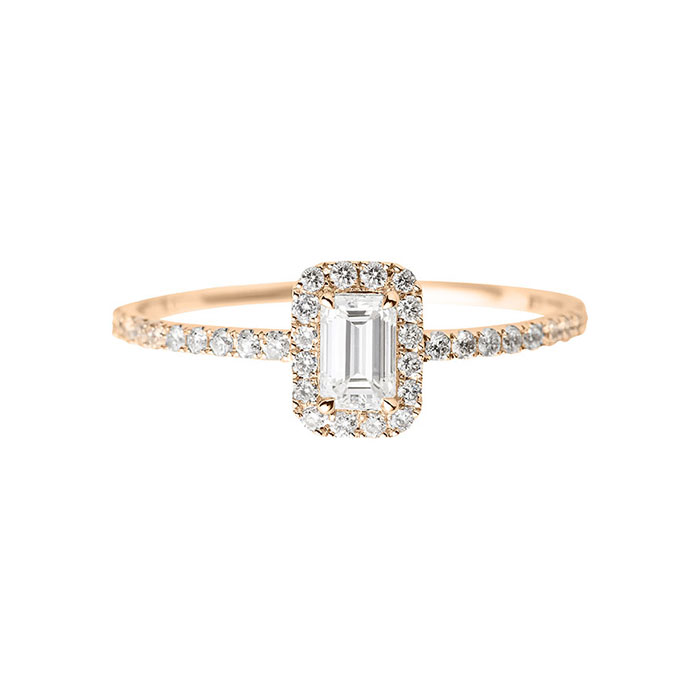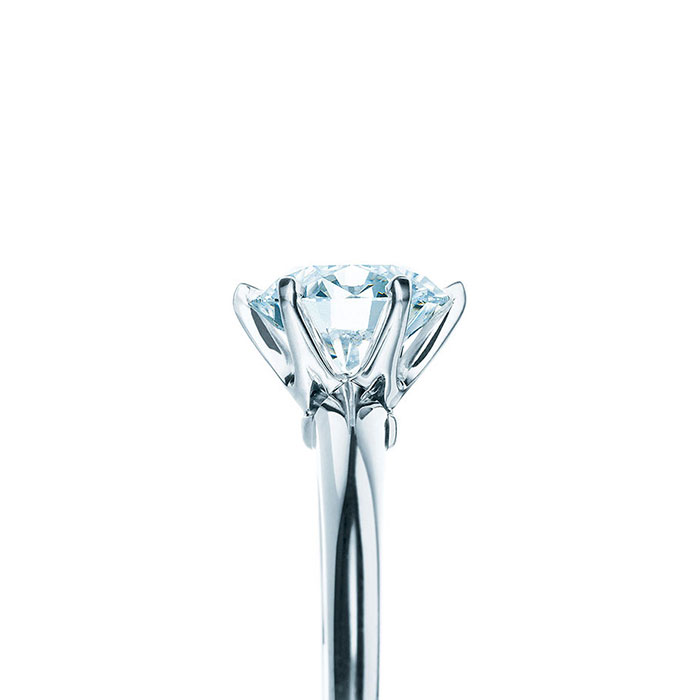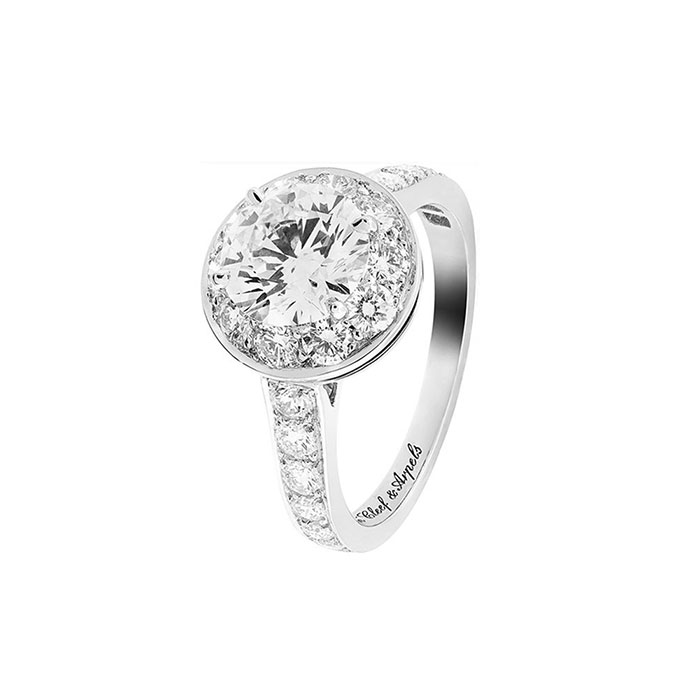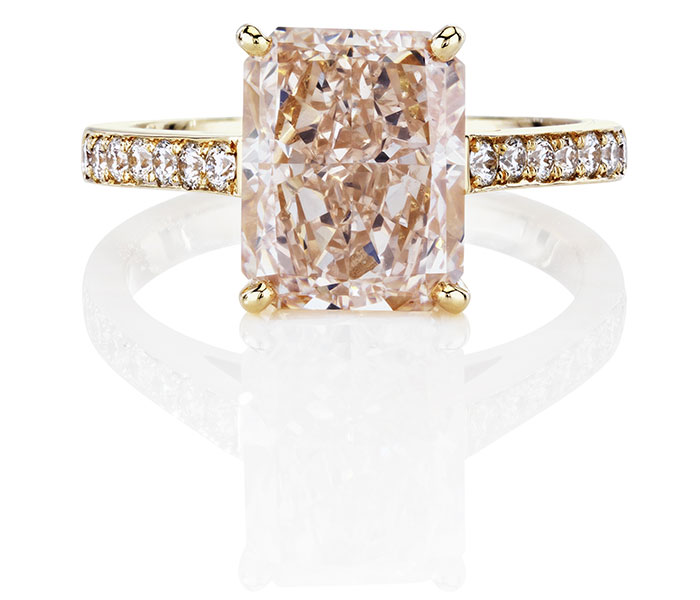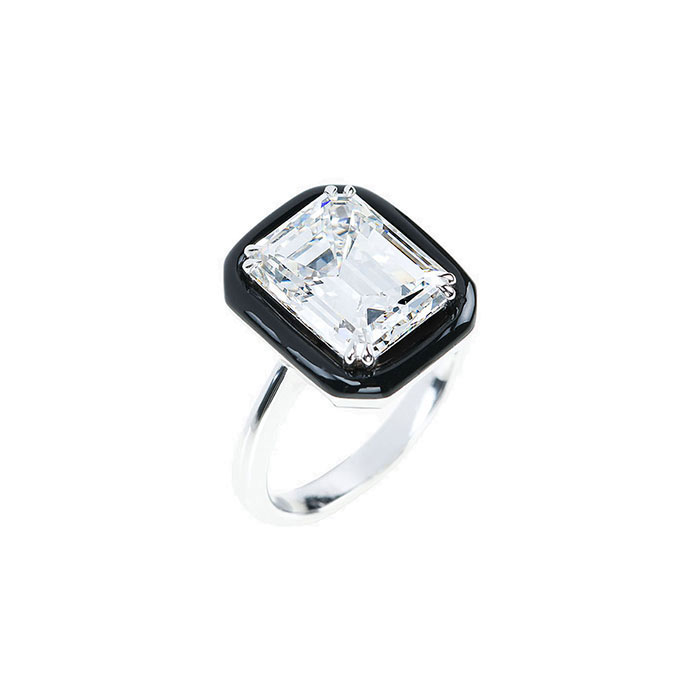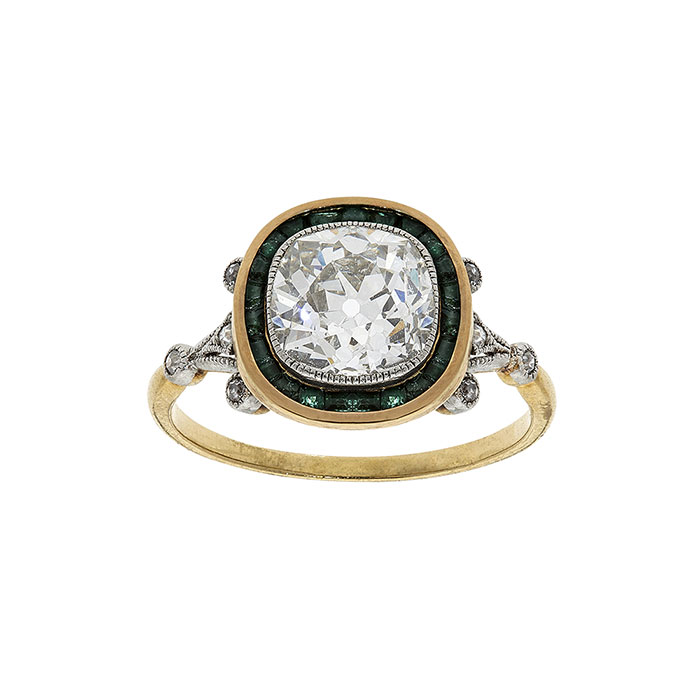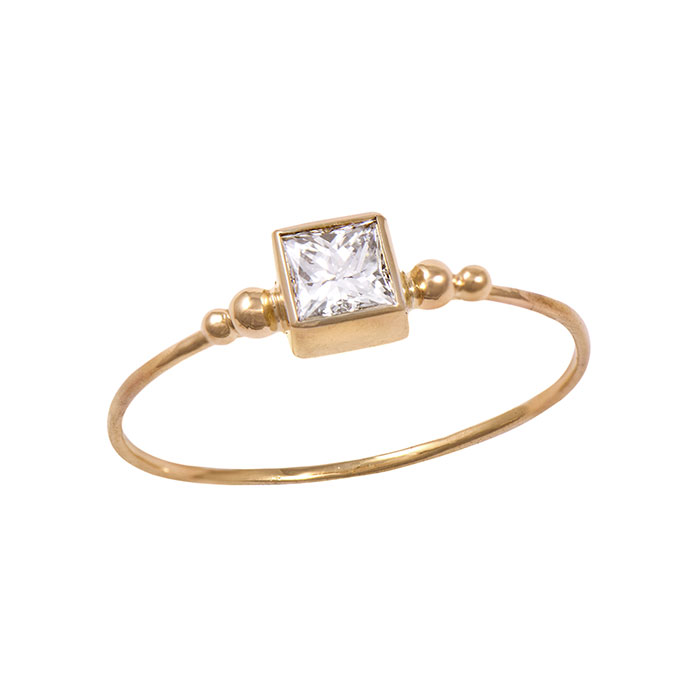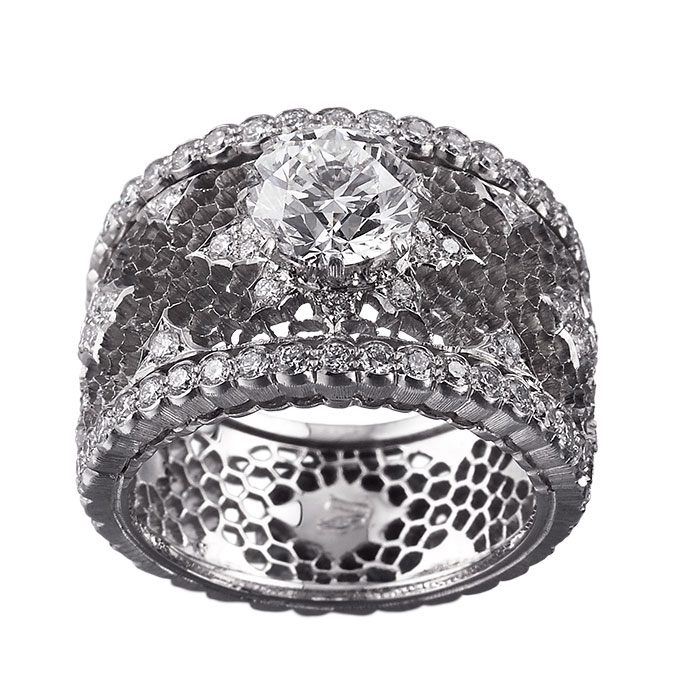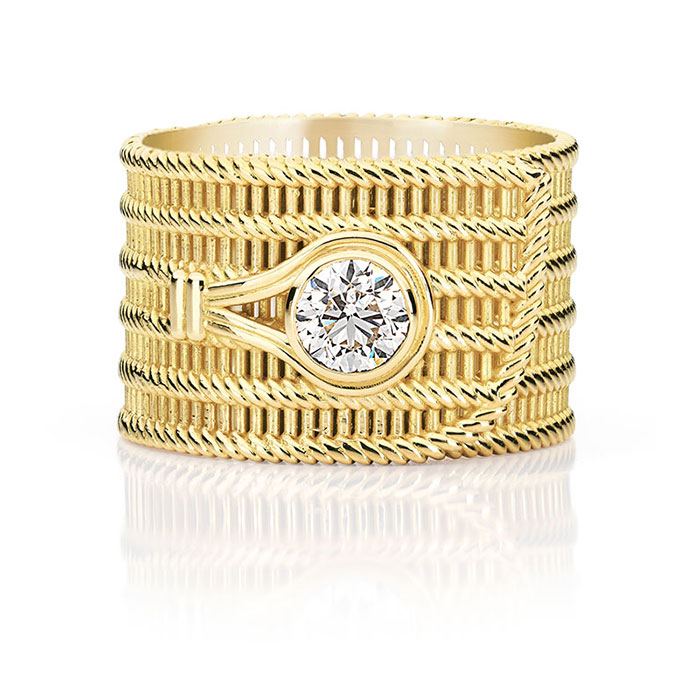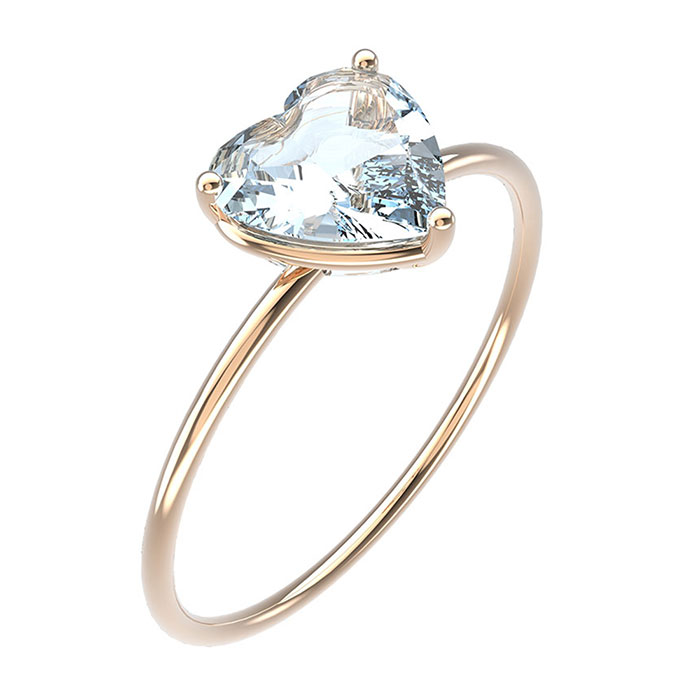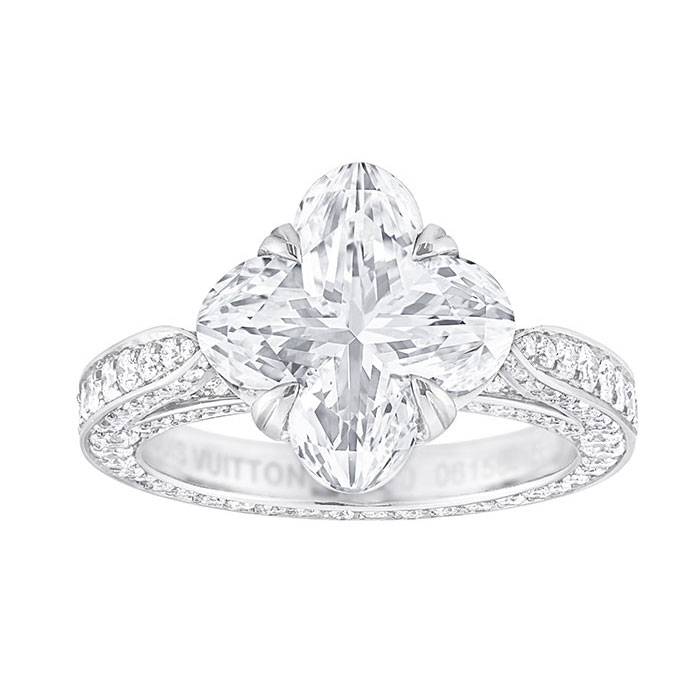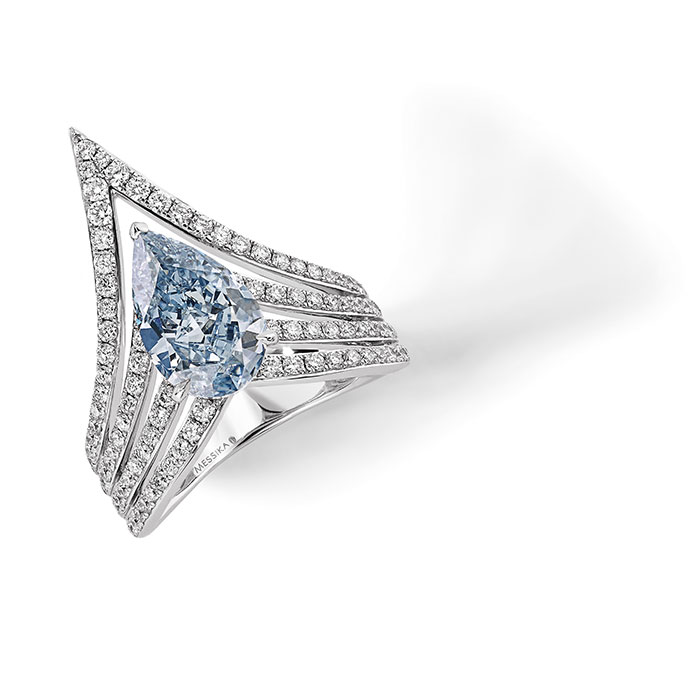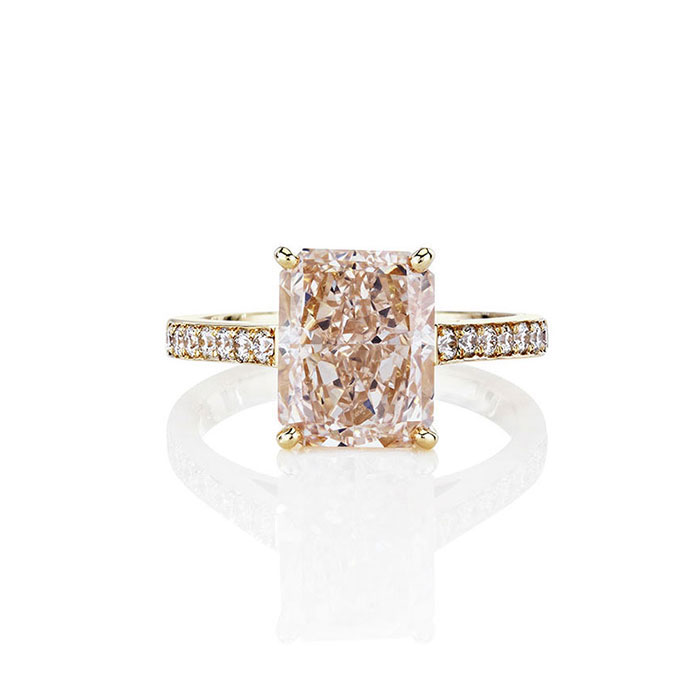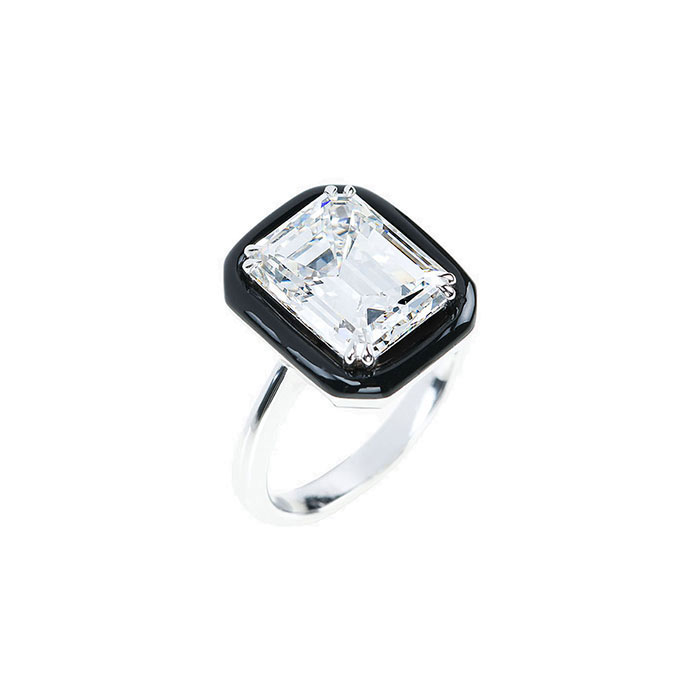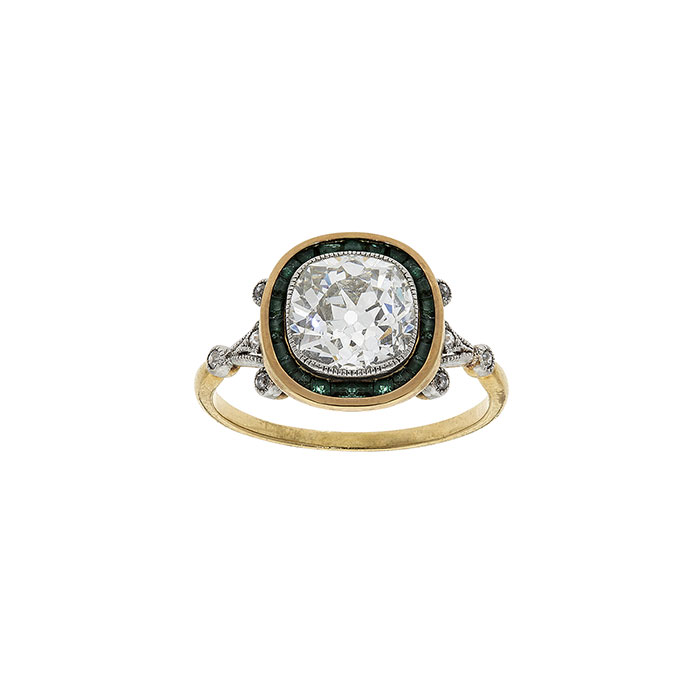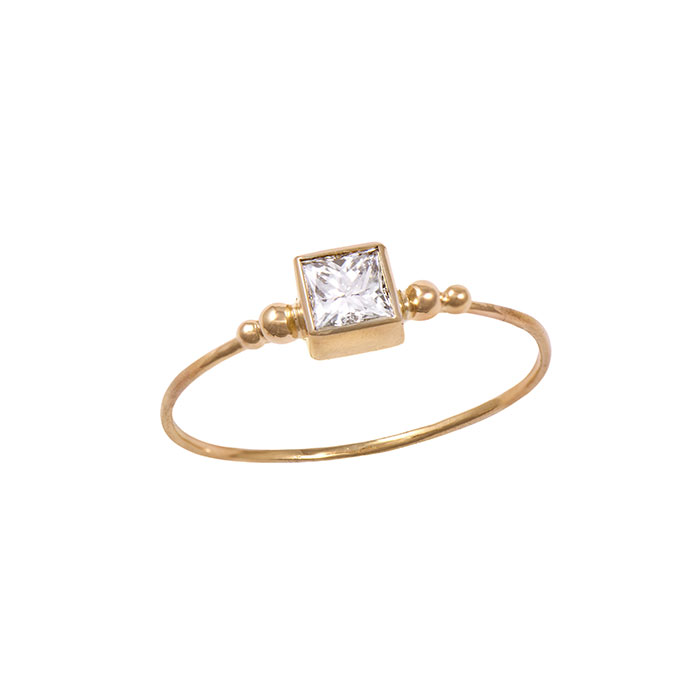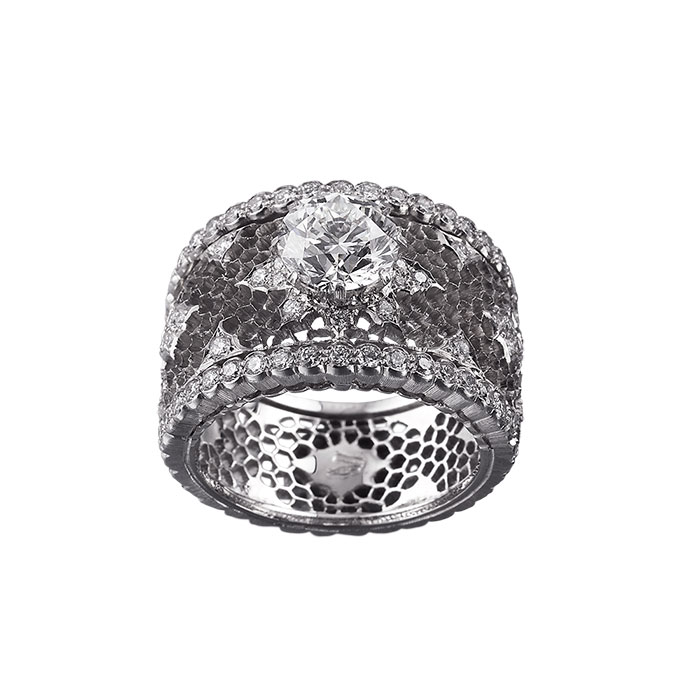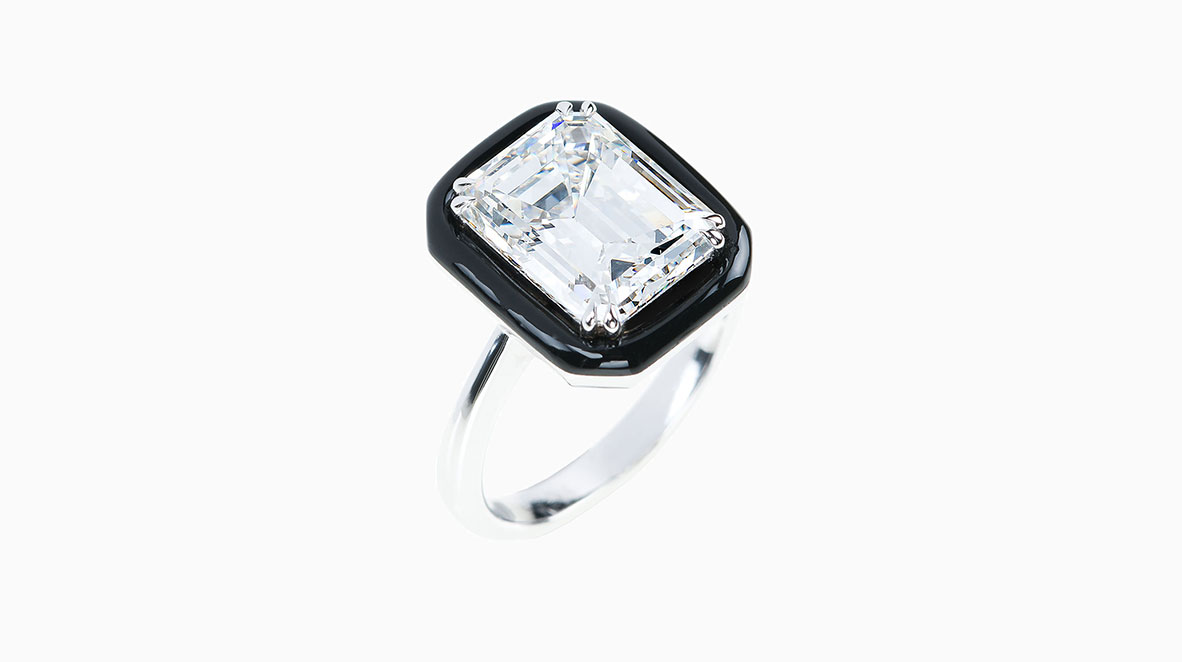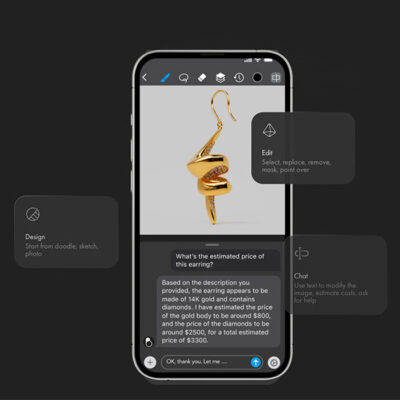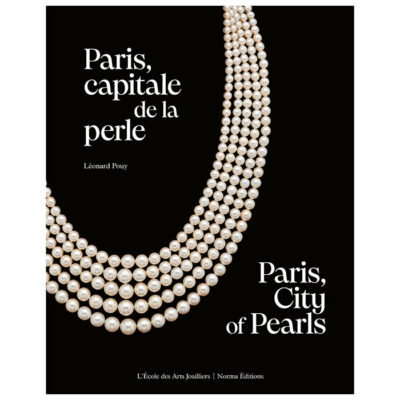Business
10 February 2016
Share
Solitaire diamond ring, a key purchase
The market for this classic engagement ring is highly competitive, but a great money-spinner.
Jewelers are unanimous: the bridal market, as it is known among professionals, is complicated. The majority of customers generally move towards the Solitaire, a single diamond on a ring. An ultra-classic model is supposed to traverse time without ever going out of fashion, but that doesn’t stop a brand from really standing out and being instantly recognizable. It’s for each designer and jeweler to find a twist to shift or customize this simple ring decorated with a central diamond. Tiffany & Co. has developed exclusive settings like the Tiffany Setting that’s celebrating its 130 years. With a six-claw setting the diamond is held above the ring so that it better captures the light. Van Cleef & Arpels gives the body of the ring the Perlée pattern, for Chaumet it’s a stylized tiara and for the Maison Margiela with its shifting logic, it splits the ring in half, and so forth. One drawback: the engagement ring requires having a considerable stock in terms of design, finger size, weight and quality of stones.
Yet, jewelers and designers all seek to assert themselves on the market because the engagement ring has a huge advantage: the ability to recruit new, younger customers. The engagement ring is also the most likely to generate additional purchases: if the groom finds a trustworthy jeweler, he will return on subsequent future occasions such as births and wedding anniversaries. Each Solitaire is designed to go with other pieces of the collection such as wedding rings, and the other combinations are seemingly endless. Last phenomenal asset: today the engagement ring sells worldwide, including in China where the ever-increasing middle class has adopted this tradition.


